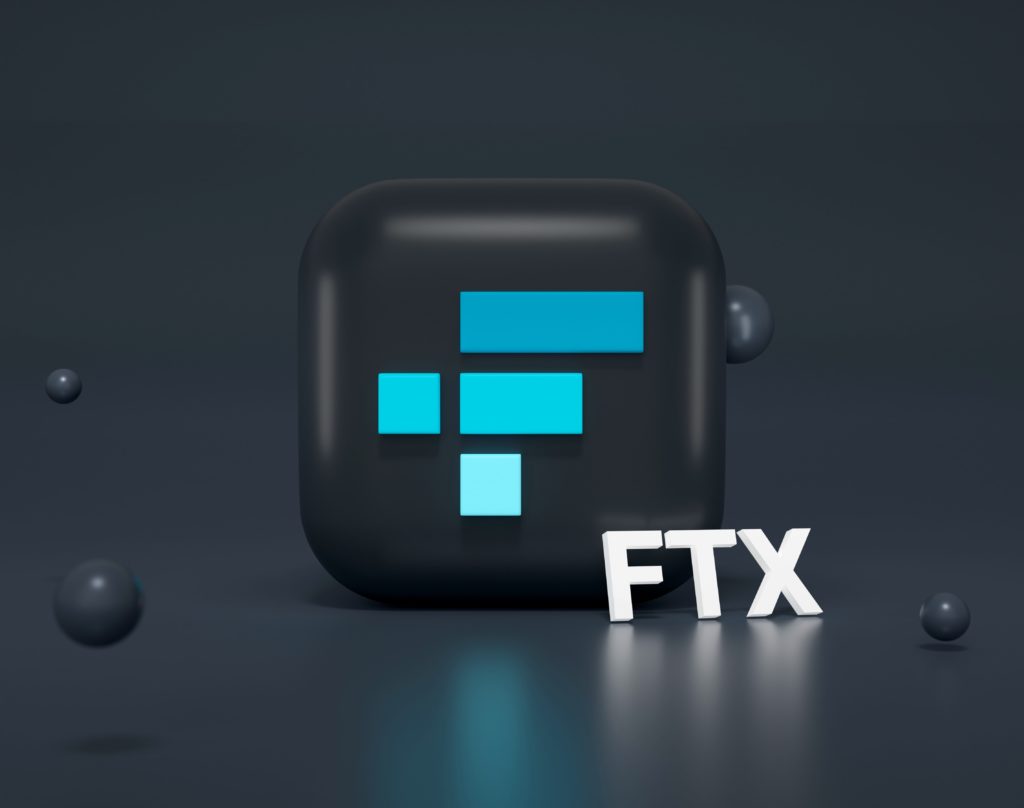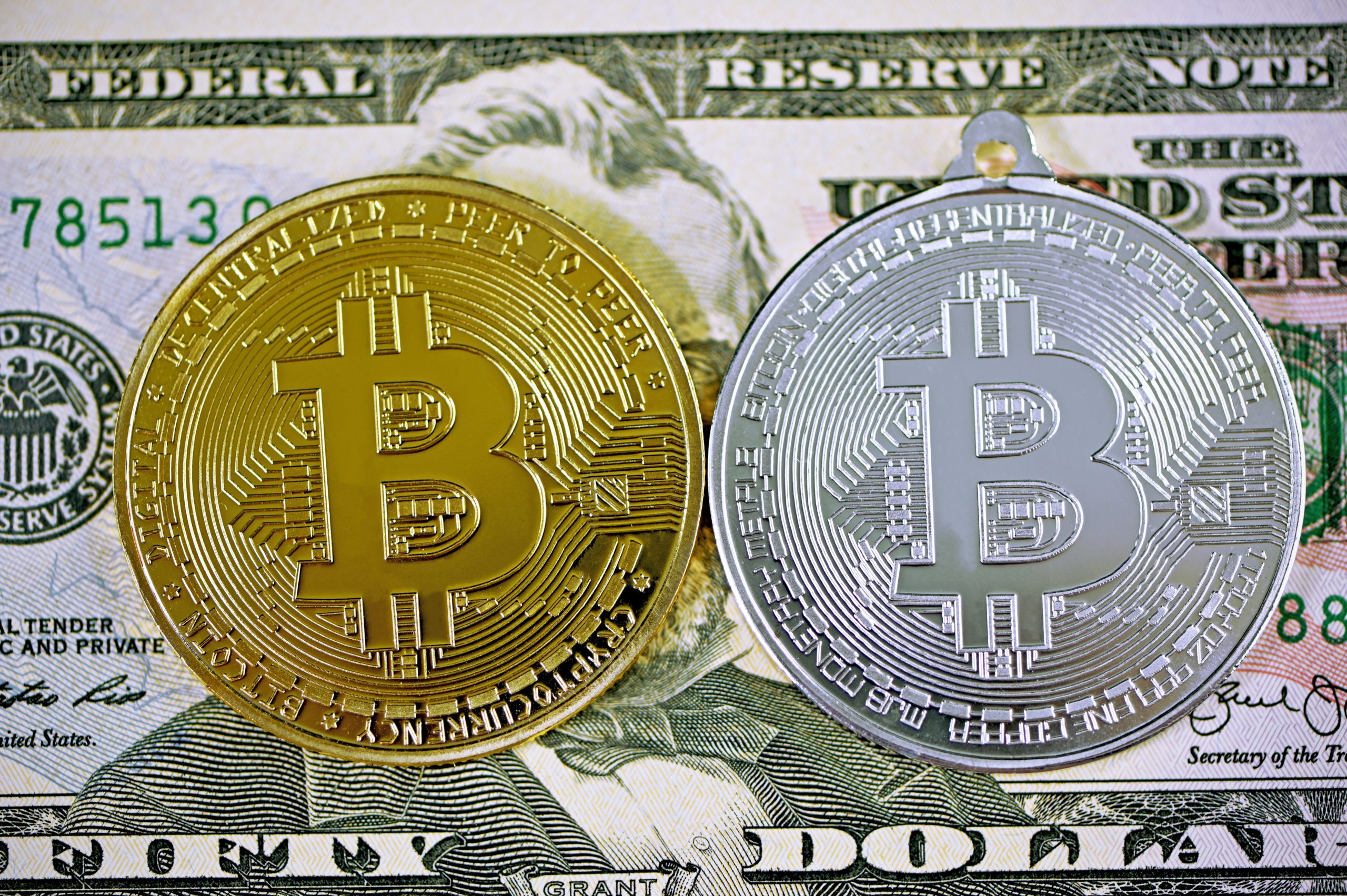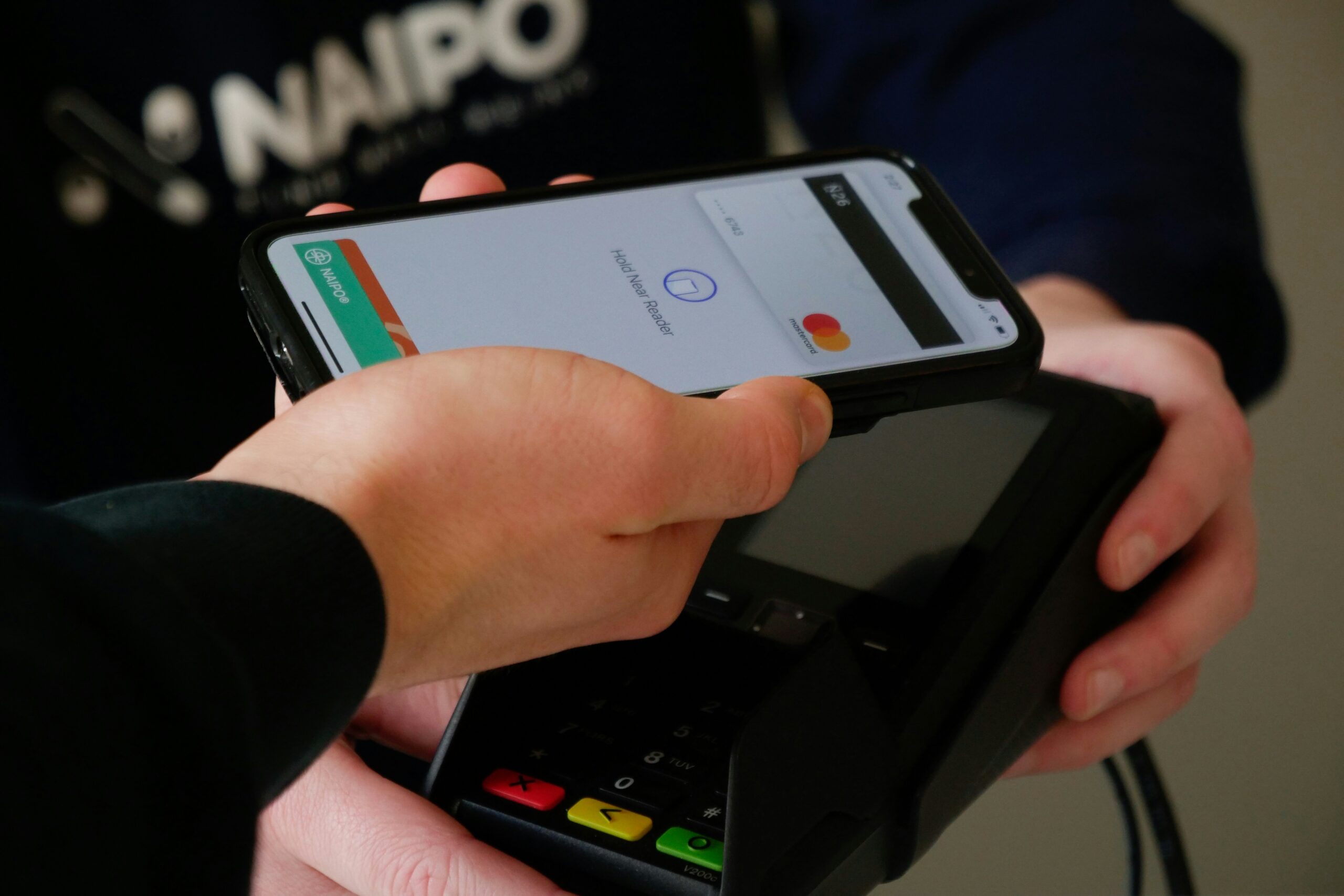FTX is a modern cryptocurrency exchange. The delivery of financial services is accomplished through blockchain technology. Users have a wide range of options. These include spot markets, leveraged tokens, volatility products, options, and derivatives. This emphasizes the need for utility money to facilitate commerce. The FTX token (FTT) serves as the utility coin for this cryptocurrency exchange. It is an ERC-20 currency that is gaining popularity steadily.

How FTX token functions
Reduced exchange trading fees and narrower trading spreads for OTC deals are two characteristics that traders may enjoy with the token. FTT may be staked, and doing so gives investors the right to interest. Traders may also use FTT as collateral for future trades. This use case increases market demand for the token. Additionally, leveraged tokens may be created using FTT. FTX’s insurance fund provides a net gain when there are significant price movements in the market. A part of the net gain is distributed to FTX token owners as a dividend.
Benefits and drawbacks of FTT
FTX has pros and downsides, just like every trading platform. Take into account the following points:
Advantages
FTT may be used as the native token of the FTX cryptocurrency exchange to take part in token buybacks and burn programs, as well as to pay trading fees on the platform at a reduced rate. FTT has several benefits, including:
Decreased trade costs
Users may save money on trading costs on the FTX market by holding FTT and using it to pay for those expenses.
Token burns and buybacks
To reduce the total quantity of this token and raise its value for holders, FTX regularly buys back and burns FTT.
Governance
Its owners may vote on crucial choices and recommendations for the exchange and take part in the governance of the FTX platform.
Liquidity
Since FTT is the native token of a significant cryptocurrency exchange, its liquidity should be rather strong.
Utility
It may be utilized to take part in additional FTX platform activities including leveraged trading and futures trading in addition to covering trading expenses.
Community development
Through awards and perks for holders, it may be used to encourage the expansion and involvement of the FTX community.
Security
The usage of FTT as the native token may further boost the exchange’s security by adding a layer of decentralization to the already extremely secure FTX platform.
Transparency
Holders of FTT may witness the buyback and burn transactions on the blockchain thanks to FTX’s transparent methodology.
Disadvantages
There are several drawbacks to take into account as well, some of which are:
Currency risk
The performance and reliability of the FTX platform are crucial to the value of FTT, as is the case with every token associated with a specific exchange. Its value might be adversely impacted if the exchange were to have technical difficulties, become the target of a cyberattack or other security breaches, etc.
Reliance on the medium
Regulation of cryptocurrencies is dynamic and considerably differs by country. In certain circumstances, regulatory changes might have a detrimental effect on the application and use of this token.
Restricted usage cases
The FTX platform is the only one where FTT is presently useful. Although the platform offers a broad range of trading opportunities, FTT holders can have trouble using the token outside of the exchange.
Volatility
FTT is a dangerous investment since, like other cryptocurrencies, its value is vulnerable to sharp fluctuations.
Overall, FTT offers benefits including lower trading costs, burns, buybacks of tokens, governance, and liquidity. However, it also has certain drawbacks including volatility, exchange risk, and regulatory risk. Before choosing to invest in this token, it’s crucial to consider the advantages and disadvantages. As usual, before investing in any cryptocurrency, it’s critical to do your research and comprehend the dangers.









